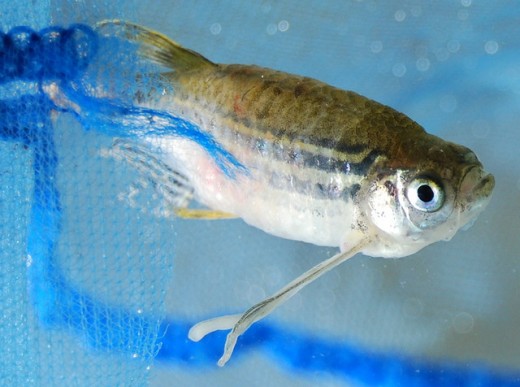Our perfectly set-up aquarium may have great look and beautiful fishes. However, things could go wrong really quickly. Without warning, some of our fish could begin dying and show abnormal behaviours. If this happens, chances are our fishes have caught specific diseases. In this situation, we shouldn’t be panic and there are ways to treat them. As an aquatic environment, aquarium could become a perfect place for bacteria, viruses and small organisms to thrive. Many of them offer benefits and encourage balance. However, there are cases when the balance is tipped and fishes are affected. Sudden changes could make fishes stressed and imbalanced situation could encourage pathogens to thrive.
In this situation, we should make sure that the aquarium is reasonably clean and we could take precautions to monitor the overall balance. We need to observe how fishes behave, as an example; they may hide when startled by the presence of new people. In general, fishes in the right environment will less likely to get stressed. In general, we should make sure that fishes don’t bully one another. Diseases could be introduced by new fishes in the aquarium, so we should purchase them only from trusted sellers.
In general, we should be able to spot any sign early enough. This could help prevent the disease from becoming a much larger issue. Behaviours of diseased fishes are usually different. They have no balance, dart around in slightly panicked state and more reluctance to feed. Fishes could also show some physical signs, such as discoloured fins, distended appearance and swollen. Gills may also look sore and change color. In more serious cases, fishes may also have ulcers and small holes on their bodies.
Poor water quality could also be the cause. This could be indicated by fishes that hang by the surface. Their gills often have more rapid movements and their bodies are covered by patches of slime. In this case we should test the water for abnormal nitrate ammonia and pH level. Often, simple water change can address the issue and we should also check whether the filtration system work properly.
Fishes with swim bladder may have poor balance and swim upside down. This could be caused bacterial infections and infected swimbladder. Affected fishes won’t be able to swim normally and are usually stressed. Death could occur if this condition is untreated. Swim bladder can be treated by adding 5 grams of tonic salt for each liter of water. We should follow manufacturers’ instruction and these fishes may eventually be able to right themselves.
Fishes with bacterial infection could have unexplained death. Early symptoms could be indicated by darkened body color, inability to maintain balance, swollen eyes and eroded fins. We may need to ask a reliable veterinarian for antibiotics. Bacteria could also infect gills and this is shown by eroded and pale gills. It may also be necessary to add anti fungus solution to the aquarium. In general, we should always check the quality of the water.

